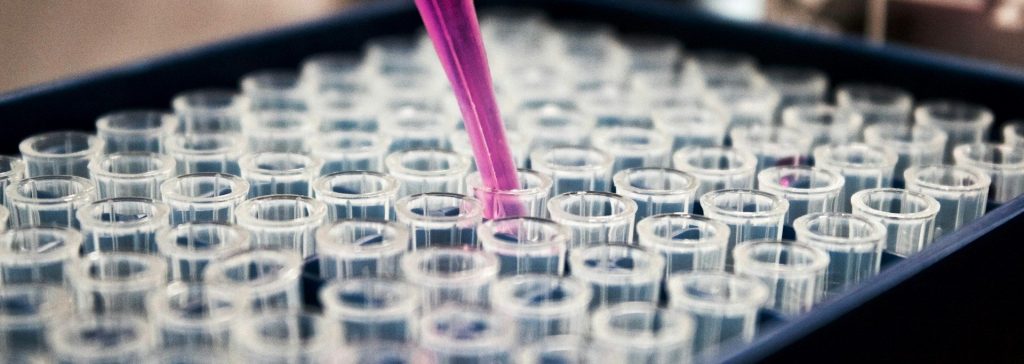
2023 was a busy year for Isohelix™ and our customers. In this blog, we present examples of how studies reported in peer-reviewed publications used Isohelix™ products to solve their sampling challenges.
We’ve highlighted four studies where Isohelix™ technologies were used to make groundbreaking discoveries in the world of biomedical research. In each of these studies, Isohelix™ sample collection products were used to collect DNA samples which were then analyzed using highly sensitive genetic analyses such as single nucleotide polymorphism (SNP) genotyping, genome wide association studies (GWAS), and next generation sequencing (NGS) analyses.
- GeneFix™ Saliva Collection Devices are used to collect samples for a large population-based study in Australia
- The Hong Kong Genome Project uses GeneFix™ Saliva Collection Devices to collect saliva samples and the RapiDri Pouch kit for buccal swabs.
- Isohelix™ saliva collection kits are used to collect saliva from a large cohort of children in the USA
- Isohelix™ Buccal Swabs are used to swab surfaces to collect DNA from bacterial communities in subway facilities
STUDY 1 : Preliminary results from the Australian Genetics of Bipolar Disorder Study: A nation-wide cohort[i]
The Australian Genetics of Bipolar Disorder (BD) Study investigates a nation-wide cohort of adults living with bipolar disorder. The study aims to identify genetic risk factors influencing BD, medication treatment response, and adverse drug reactions (ADRs). Key goals are to characterize the patterns and costs of healthcare usage in BD and to examine the relationship between genetic risk and symptom severity. This article describes the study design and sample characteristics and summarises data collected on BD symptoms, psychiatric comorbidities, and medication use.
A significant strength of the study is its sample size; it’s the largest population-based study of adults living with BD in Australia. Study participants are based throughout Australia, with many living in rural or remote communities. Saliva samples are collected using Isohelix™ GeneFix™GFX-02 2 mL Saliva Collection Devices which stabilize DNA and RNA at room temperature for up to 60 months, then mailed to QIMR Berghofer via prepaid Australia Post. Following DNA extraction, genotyping is conducted using the Illumina Global Screening Array V.2.0.

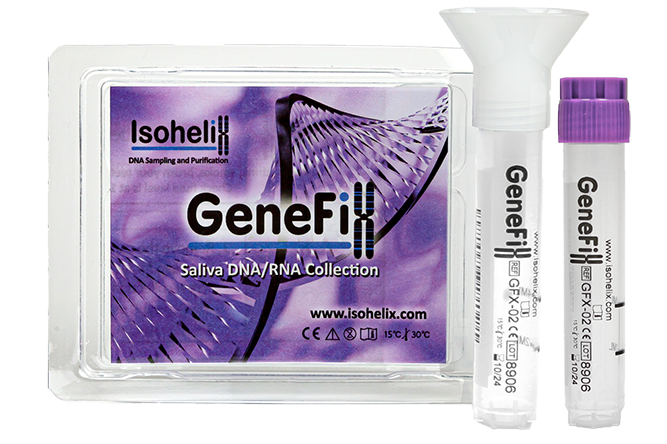
The study demonstrates that Australians with BD are motivated to participate in genetically focused research studies if given the opportunity and provided with simple and effective sample donation protocols. GeneFix™ Saliva Collectors are ideal for this type of project as their reagents are non-toxic, and the collectors are easy to use as they have a unique funnel design that prevents buffer spillages or flow-back.
The results highlight the high rate of comorbidities and adverse drug reactions among adults living with bipolar disorder in the general Australian population and pave the way for future genomic analyses to identify genetic variants influencing pharmacotherapy treatment response and side effects.
STUDY 2 : The Hong Kong genome project: building genome sequencing capacity and capability for advancing genomic science in Hong Kong[ii]
The Hong Kong Genome Project (HKGP) is the first large-scale genome sequencing (GS) project in the Hong Kong Special Administrative Region. The project aims to sequence 45,000-50,000 genomes in five years, providing participants with diagnoses and personalized treatments and driving the application and integration of genomic medicine into routine clinical care.
For each participant, 6 mL of blood is obtained and stored in two 3-mL EDTA-containing anticoagulation tubes. For buccal swabs, the RapiDri Pouch kit is used to collect cells from inside the cheek, and saliva samples are collected using the GeneFix™ Saliva DNA Collection and Stabilization Kit. DNA from saliva samples has been shown to be comparable to DNA from blood in many downstream applications[iii] and DNA from saliva samples collected using GeneFix™ kits is stable at room temperature for over five years, avoiding the high cost and logistical challenges of cold chain transport.
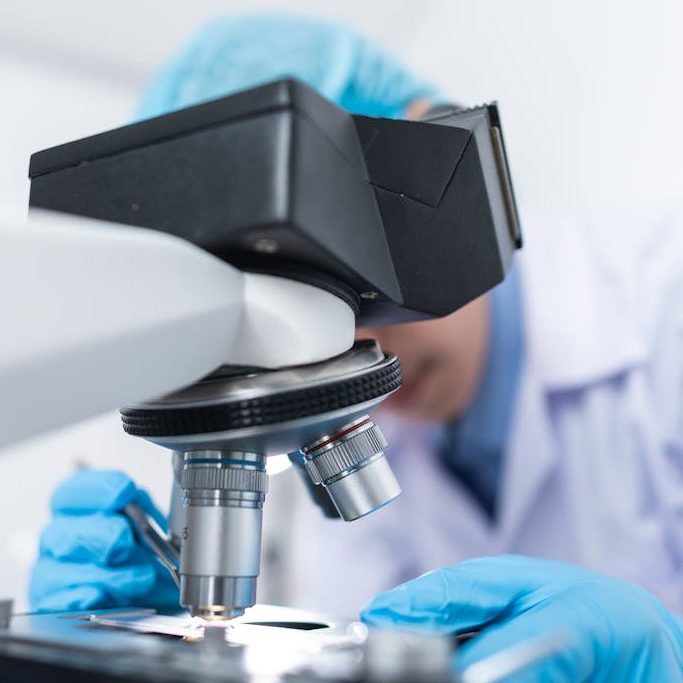
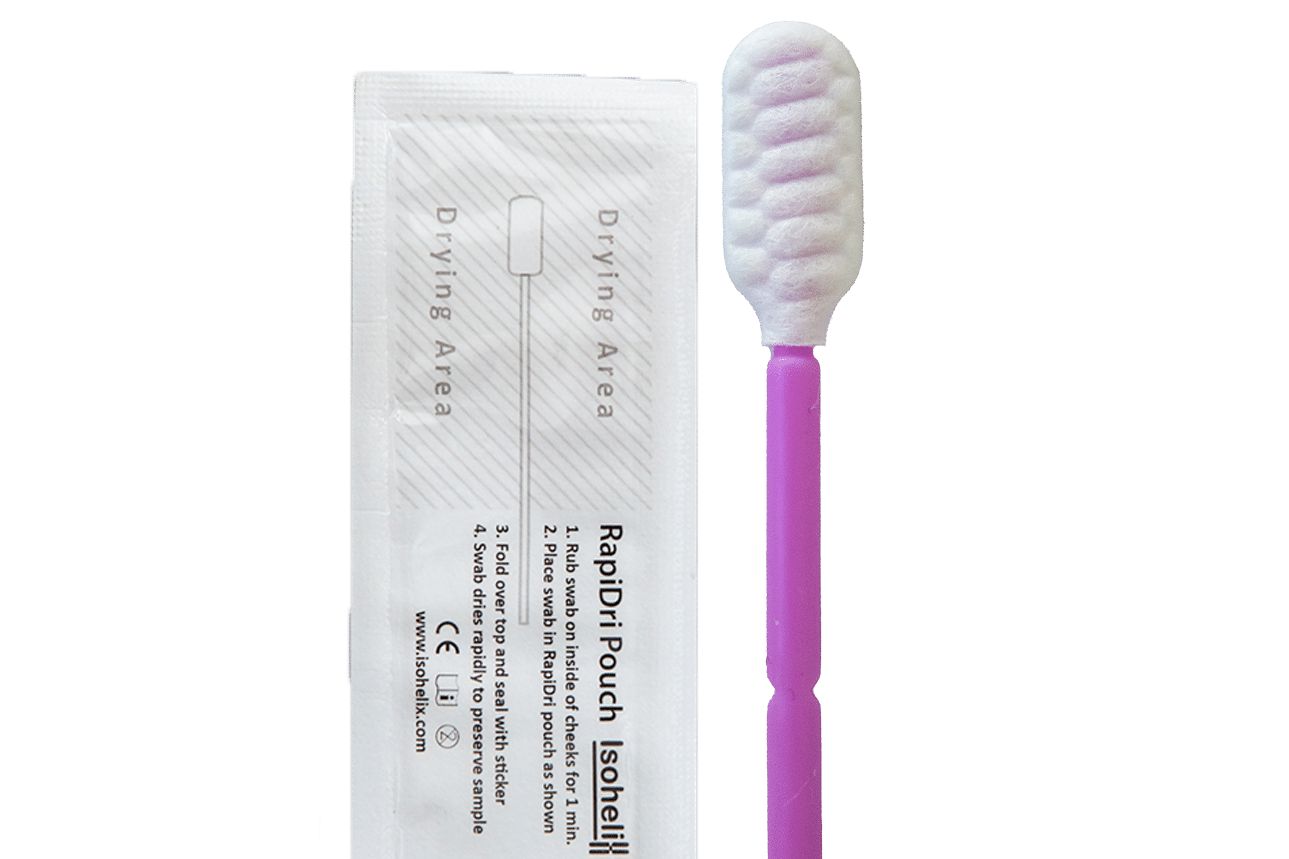
This paper describes the establishment of a robust genome sequencing workflow for the project. The laboratory analyses approximately 350-500 samples per week. During the first 24 months of the project, 12,937 participants and their family members were recruited, and the laboratory has been adapted to facilitate the latest technologies, e.g., long read sequencing and multi-omics.
STUDY 3 : Avoidant Restrictive Food Intake Disorder Genes and Environment (ARFID-GEN): study protocol[iv]
This paper describes the Avoidant Restrictive Food Intake Disorder – Genes and Environment study (ARFID-GEN), which is designed to expand the discovery of genetic and environmental contributions to ARFID risk. The goal of the study is to deliver actionable findings that can be transformed into clinically meaningful insights. This will be achieved by advancing the understanding of the genetic architecture of ARFID relative to other eating disorders and other psychiatric, neurodevelopmental, and metabolic disorders and traits.
3,000 children and adults with ARFID from the United States are included in the study. Efficient online phenotyping of children and adults with ARFID including environmental exposures is combined with at-home saliva sampling, and samples are genotyped to analyze single nucleotide polymorphism (SNP) – based heritability, genome wide association studies, genetic correlations (rgs), and copy number variations (CNVs).

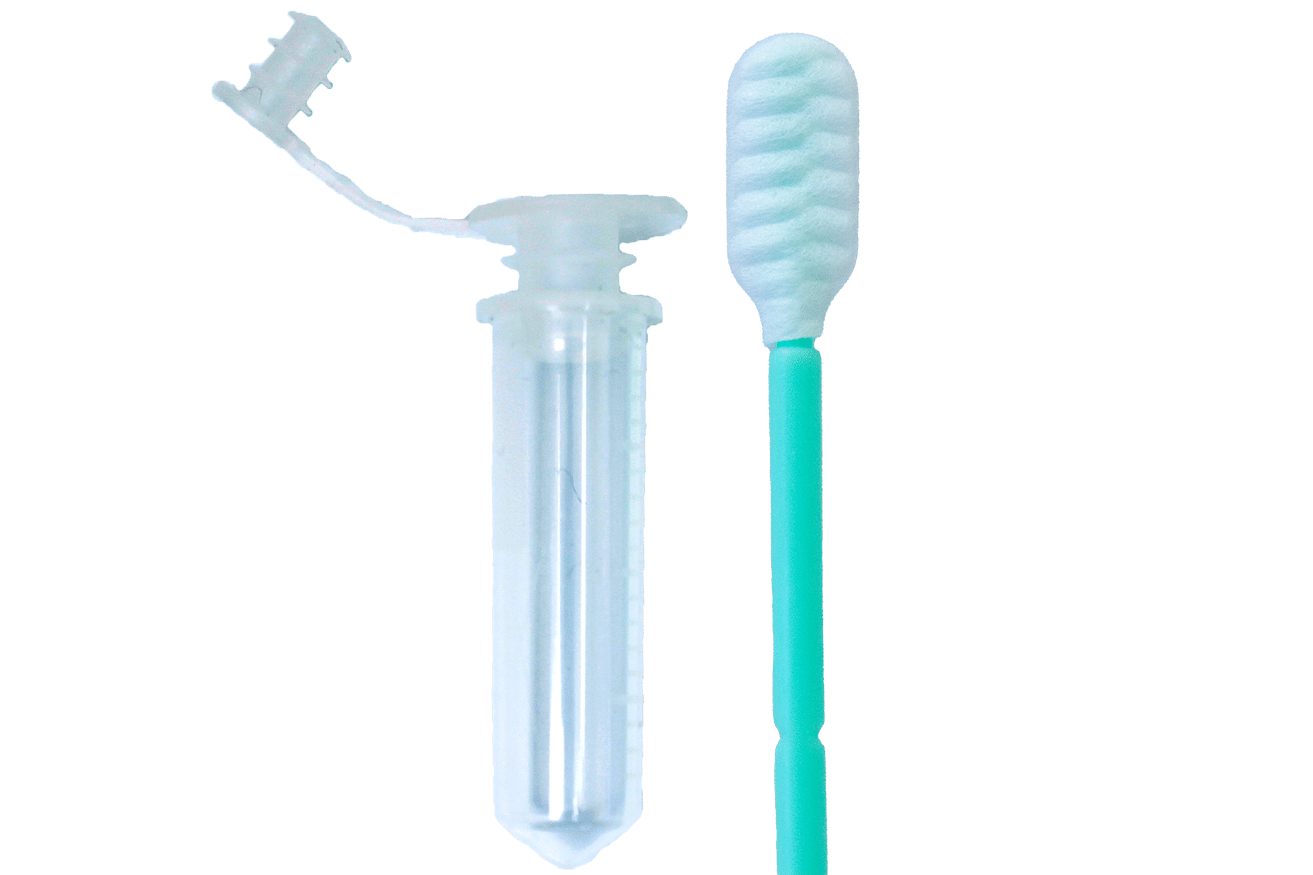
Eligible children are asked to complete a questionnaire on their symptoms and provide a saliva sample using Isohelix™ saliva collection kits, which are non-toxic and easy for children to use at home as they have a unique funnel design that prevents buffer spillages or flow-back. The kits are provided with return packaging for mailing to the lab for analysis.
The aim is to identify genome-wide significant loci for ARFID, informative rgs, implicated CNVs, and environmental precipitants. Ultimately, the work will hopefully yield information on critical biological pathways that may point toward drug discovery or repurposing that could aid in reversing the tenacity and lethality of these illnesses.
STUDY 4 : Investigation of Surface Bacterial Diversities and Compositions in the Global Subway Facilities[v]
This study explored surface bacterial communities in four global subway facilities using 16S rRNA gene amplicon sequencing of DNA extracted from swabs.
Isohelix™ Buccal swabs can be used to collect surface DNA from environmental sources as well as from buccal samples. Indoor surface samples for Busan City were collected twice per site using Isohelix™ DNA/RNA buccal swabs (SK-2S, Isohelix) moistened with sterile 1 mL of phosphate-buffered saline. Samples were collected for 3 min from each site in a 100 cm2 area as recommended in a previous study[vi]. The microbiome was analysed based on the 16S rRNA gene.

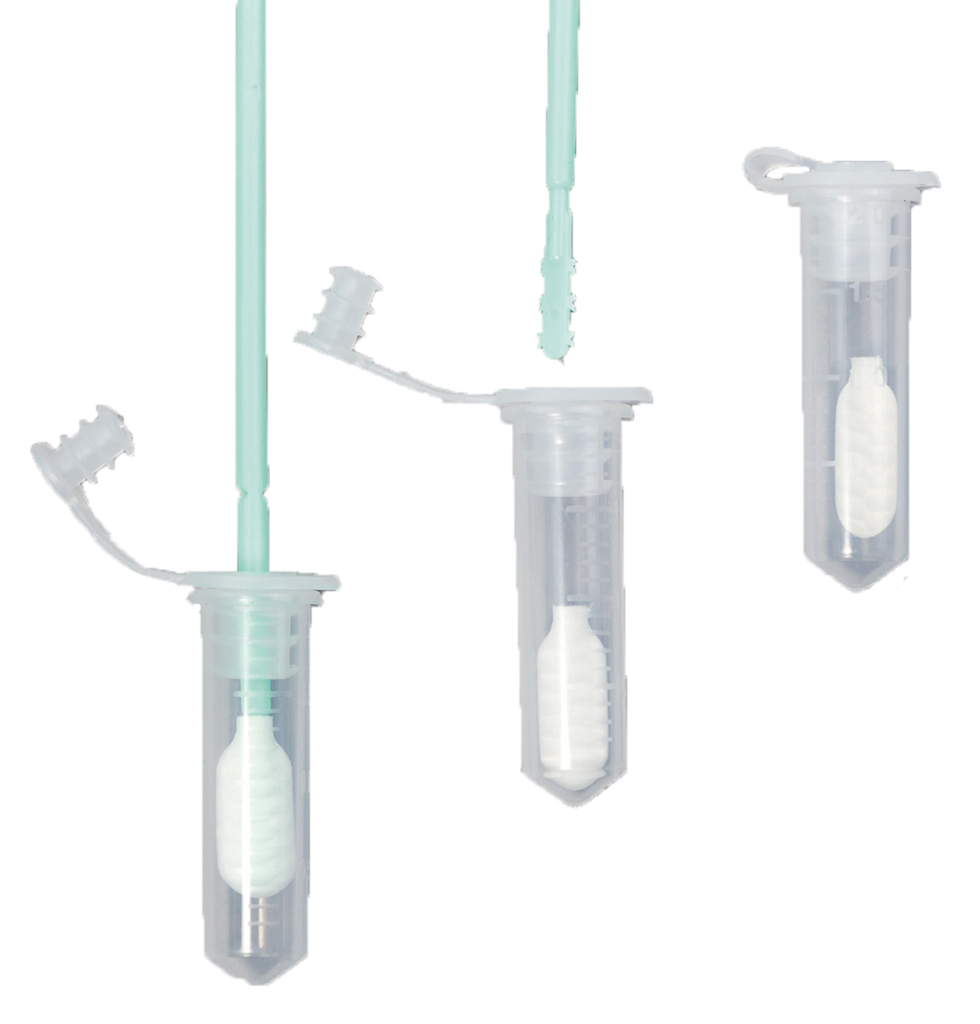
Samples collected in Korea were analysed alongside comparable samples obtained from previous studies in Boston[vii], Moscow[viii], and Mexico City[ix].
The study showed that the surface bacterial diversities and taxonomic profiling of the studied subway station surface environments were similar. Most of the predominant phylotypes were Gram-positive microorganisms that probably originated from human and outdoor sources.
Summary
The above studies are just a few of the projects that have used Isohelix™ sample collection and stabilization products to collect samples from research study participants or the environment, for genomic analysis.
CLICK HERE TO READ MORE PUBLICATIONS FEATURING ISOHELIX PRODUCTS
Tell us about how Isohelix™ products helped your study by emailing us at info@isohelix.com!
References
[i] Lind, Penelope A., et al. “Preliminary results from the Australian Genetics of Bipolar Disorder Study: A nation-wide cohort.” Australian & New Zealand Journal of Psychiatry 57.11 (2023): 1428-1442. https://journals.sagepub.com/doi/epub/10.1177/00048674231195571
[ii] Chu, Annie TW, et al. “The Hong Kong genome project: building genome sequencing capacity and capability for advancing genomic science in Hong Kong.” J Transl Genet Genom 2023;7:196-212 https://www.oaepublish.com/articles/jtgg.2023.22
[iii] “New Saliva-Prep2 Isolates High Purity Genomic DNA using GeneFixTM Collectors”, Isoghelix Application Note GSPN: January 2019
[iv] Bulik, Cynthia M., et al. “ARFID Genes and Environment (ARFID-GEN): study protocol.” BMC psychiatry 23.1 (2023): 863. https://bmcpsychiatry.biomedcentral.com/articles/10.1186/s12888-023-05266-x
[v] Kim J, Bae S, Park S, Shukla SK, Yoo K. Investigation of Surface Bacterial Diversities and Compositions in the Global Subway Facilities. Atmosphere. 2023; 14(1):140. https://doi.org/10.3390/atmos14010140
[vi] Jansson, L.; Akel, Y.; Eriksson, R.; Lavander, M.; Hedman, J. Impact of swab material on microbial surface sampling. J. Microbiol. Methods 2020
[vii] Hsu, T.; Joice, R.; Vallarino, J.; Abu-Ali, G.; Hartmann, E.M.; Shafquat, A.; DuLong, C.; Baranowski, C.; Gevers, D.; Green, J.L. Urban transit system microbial communities differ by surface type and interaction with humans and the environment. Msystems 2016, 1, e00018-16
[viii] Klimenko, N.S.; Tyakht, A.V.; Toshchakov, S.V.; Shevchenko, M.A.; Korzhenkov, A.A.; Afshinnekoo, E.; Mason, C.E.; Alexeev, D.G. Co-occurrence patterns of bacteria within microbiome of Moscow subway. Comput. Struct. Biotechnol. J. 2020, 18, 314–322
[ix] Hernández, A.M.; Vargas-Robles, D.; Alcaraz, L.D.; Peimbert, M. Station and train surface microbiomes of Mexico City’s metro (subway/underground). Sci. Rep. 2020, 10, 8798

 Email Us
Email Us